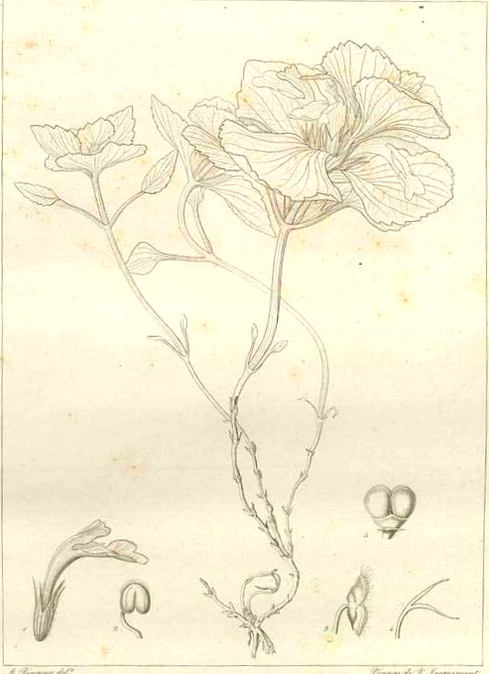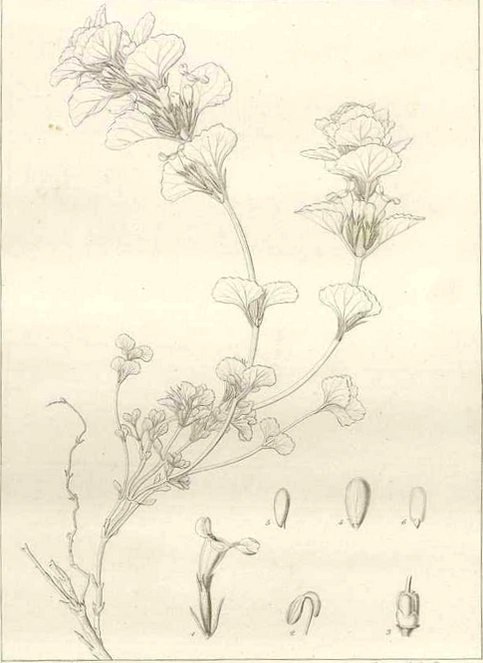Sentry Page Protection
Eriophyton, Spang tshan pu ru སྤང་ཚན་སྤུ་རུ
Spang tshan pu ru (Tibetan)
Mao Yao Cao 毛药草, Mian Shen 綿參 (Eriophyton, TCM)
Mao Yao Cao 毛药草, Mian Shen 綿參 (Eriophyton, TCM)
Alajja rhomboidea
V. Jacquemont, Voyage dans l’Inde pendant les années 1828 à 1832, (1844)
V. Jacquemont, Voyage dans l’Inde pendant les années 1828 à 1832, (1844)
Marmoritis rotundifolia (syn. Nepeta thibetica
V. Jacquemont, Voyage dans l’Inde pendant les années 1828 à 1832 (1844)
V. Jacquemont, Voyage dans l’Inde pendant les années 1828 à 1832 (1844)
Botanical name:
A number of herbs have been listed as a source of Spang tshan pu ru:
Parts used:
Whole plant
Temperature & Taste:
Cool, dry. Sweet, Bitter
A number of herbs have been listed as a source of Spang tshan pu ru:
- Eriophyton wallichi (syn. E. wallichianum) (primary source)
- Alajja rhomboidea (syn. Eriophyton afghanicum, Lamium rhomboideum) (primary source)
- Saxifraga gemmuligera (syn. S. gemmigera)
- Marmoritis rotundifolia (syn. Nepeta thibetica, Glechoma rotundifolia, G. thibetica)
Parts used:
Whole plant
Temperature & Taste:
Cool, dry. Sweet, Bitter
Uses:
1. Clears Phlegm-Heat, Stops Cough:
-Heat-type Cough, Bronchitis; Cough with Chest pain
-Inflammation and Pus in the Lungs
-Pneumonia, Consumption
-Lymph swellings
2. Clears Damp-Heat, Resists Poison:
-Diarrhea, Dysentery
-Food and Water Poisoning
3. Clears Heat, Moves the Blood, Promotes Healing:
-Wounds, Trauma
-Ruptured Blood vessels
-Wounds with Nerve damage
Dose:
Decoction: 9–15 grams (TCM)
Powder: 2–5 grams
Decoction: 9–15 grams (TCM)
Powder: 2–5 grams
Main Combinations:
1. Chronic Bronchitis, Eriophyton with Tabasheer, Solms-laubachia, Hypecoum, Hippophae, Tinospora, Phlomis
Major Formulas:
Cautions:
None noted
Main Preparations used:
None noted
Main Preparations used:


